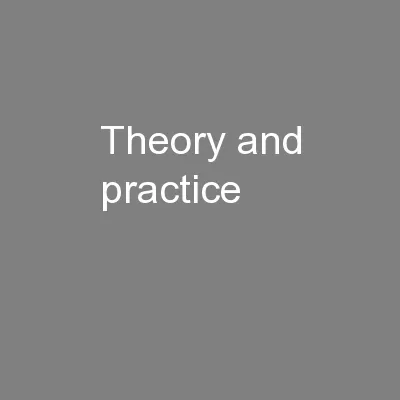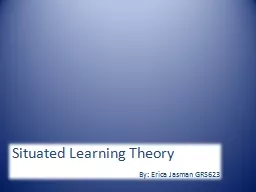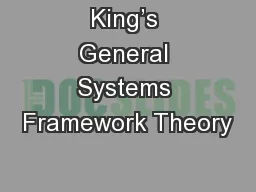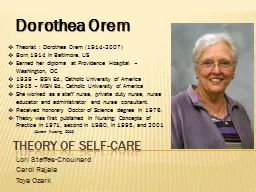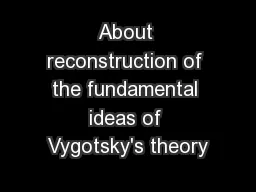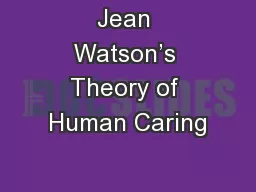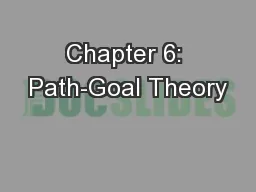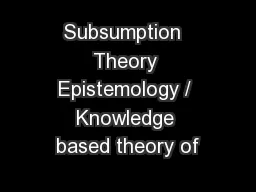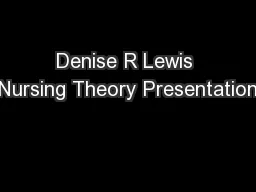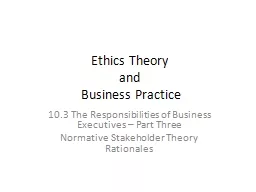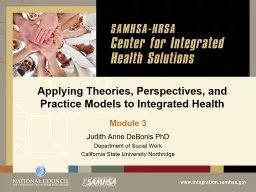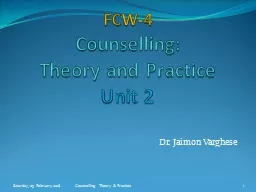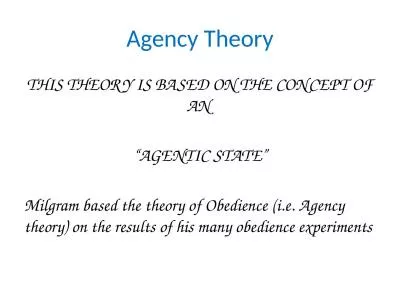PPT-Theory and practice
Author : tatiana-dople | Published Date : 2016-11-28
Dynamic Causal Modelling Patricia Lockwood and Alex Moscicki Theory Why DCM What DCM does The State Equation Application Planning DCM studies Hypotheses How to
Presentation Embed Code
Download Presentation
Download Presentation The PPT/PDF document "Theory and practice" is the property of its rightful owner. Permission is granted to download and print the materials on this website for personal, non-commercial use only, and to display it on your personal computer provided you do not modify the materials and that you retain all copyright notices contained in the materials. By downloading content from our website, you accept the terms of this agreement.
Theory and practice: Transcript
Download Rules Of Document
"Theory and practice"The content belongs to its owner. You may download and print it for personal use, without modification, and keep all copyright notices. By downloading, you agree to these terms.
Related Documents

